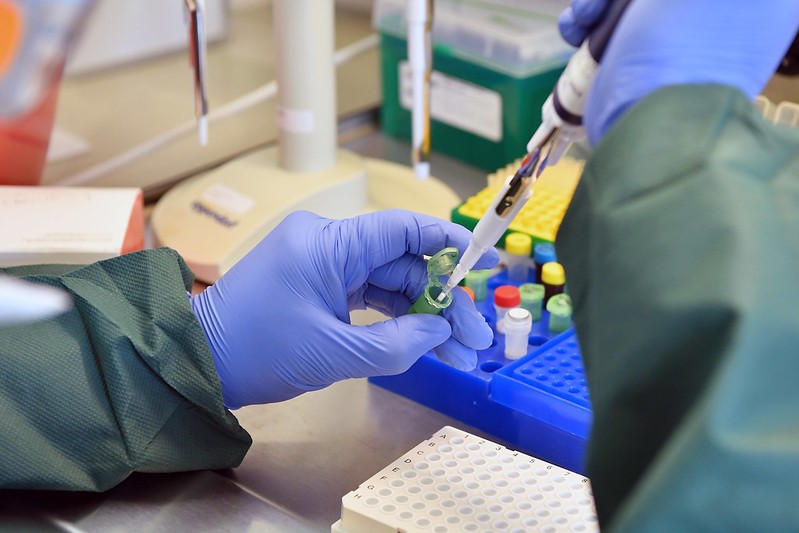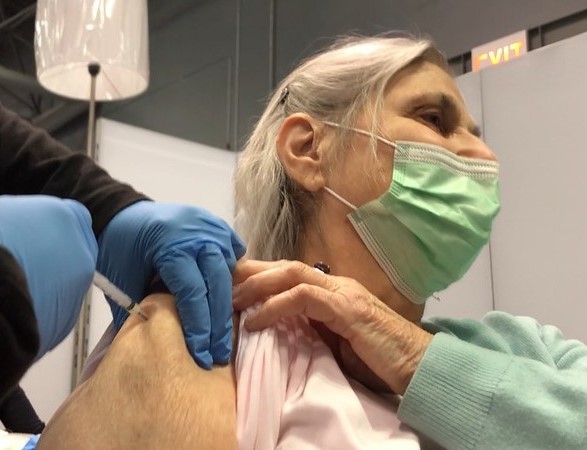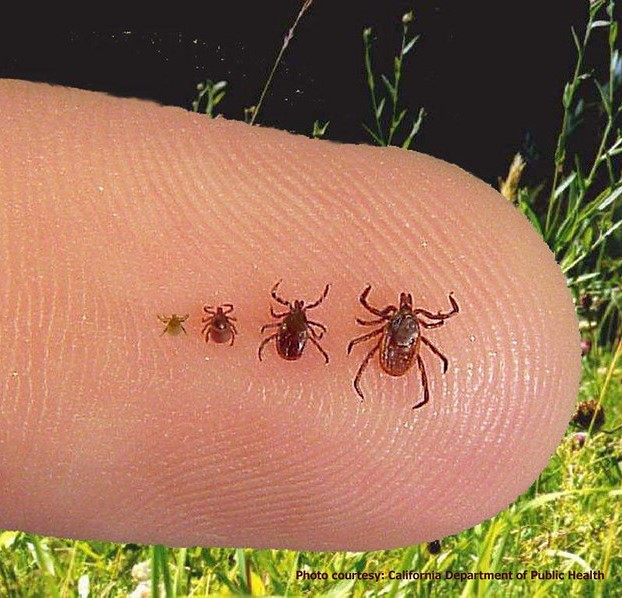
In an ongoing investigations into the source of H5N1 avian flu in a rash of cat deaths in Poland, scientists found the virus in one of five submitted chicken meat samples that the cats ate. Polish media reports about the findings prompted pushback from the country's agriculture officials and the poultry industry, according to official statements translated and posted by Avian Flu Diary, an infectious disease news blog.
Some of the sickened cats were kept indoors, leading to questions about how they contracted the virus. Ahead of a media report, Polish virologists in a July 3 Twitter post explained that they tested five submitted chicken samples from cat owners, one of which yielded the virus. They said they couldn't determine if the meat was contaminated before or after the customers opened the product.
Today, Poland's agriculture ministry posted a statement that said the media report overinterpreted the virologist's findings and also emphasized the safety of Polish poultry products and that the food-chain link to the cat illnesses isn't proven.
Poultry outbreaks in Togo and Poland
In other H5N1 developments, Togo reported an outbreak at a poultry farm in Golfe prefecture, which is near the country's capital city of Lome, according to a notification yesterday from the World Organization for Animal Health (WOAH). The virus killed nearly all of the 1,500 birds at the farm, and the remaining ones were culled.
Elsewhere, Poland reported an H5N1 outbreak that began on June 29 at a poultry farm in Matopolskie province, which killed 14 of 127 susceptible birds, according to notification today from WOAH.


 Infectious disease consultation (IDC) was associated with a 40% reduced risk of death in gram-negative bacteremia patients, according to a multicenter
Infectious disease consultation (IDC) was associated with a 40% reduced risk of death in gram-negative bacteremia patients, according to a multicenter 









